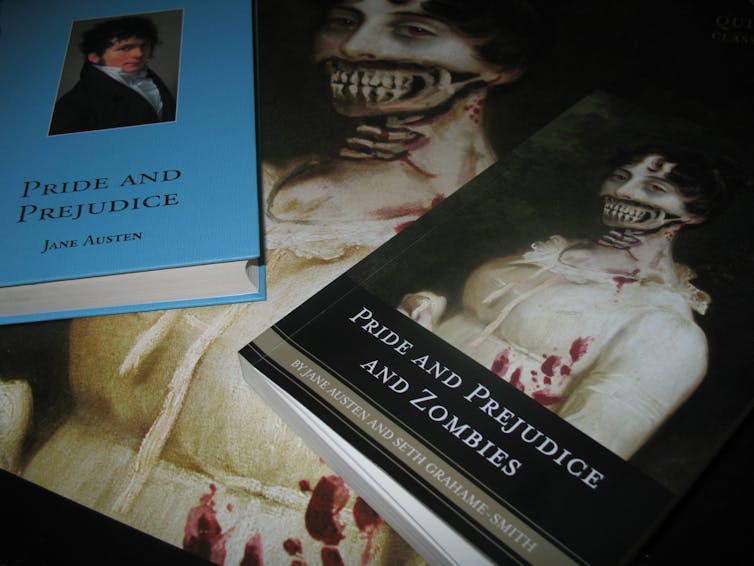Few of us wish to disclose our age. But, for the purposes of this article, I am willing to do so: in 2012, I turned 30.
According to data generated by the Australian Bureau of Statistics, a woman in Australia aged 30 in 2012 will likely live for another 54.90 years. If this figure is correct in my case, then copyright will protect this article for nearly 125 years. It will officially enter the public domain on 1 January, 2141.
Is what I say in this article so significant that I, and many generations of Bonds to come, should enjoy a right to control who copies this piece for the course of the next century and beyond?
Probably not. However, that is how copyright applies in Australia. So why do we protect copyright for the life of the creator plus 70 years?
Term of his natual life
The length of copyright protection has been in the news recently following the leaking of the Intellectual Property Chapter of the forthcoming Trans-Pacific Partnership (TPP).
Under the TPP, Australia won’t be required to make any changes to our term of copyright for works (such as this article). We already introduced the TPP-mandated period of protection for published works – life of the author plus 70 years – when we signed the Australia-United States Free Trade Agreement in 2004.
Before this, Australia’s term of protection was life of the author plus 50 years, which is the minimum standard required by the Berne Convention, our main international copyright agreement. However, other countries in the TPP, such as Canada and New Zealand, will need to extend copyright in works to life plus 70 years if the TPP proceeds.
For as long as there has been statutory copyright protection, there has been a stated term of protection for published works. That duration is seen as part of what is described as the “copyright balance”.
When the High Court of Australia considered in 2009 whether copyright should protect a TV guide created by Channel Nine in IceTV v Nine Network Australia, the judges stated that:
[…] the purpose of a copyright law respecting original works is to balance the public interest in promoting the encouragement of “literary”, “dramatic”, “musical” and “artistic works”, as defined, by providing a just reward for the creator, with the public interest in maintaining a robust public domain in which further works are produced.
Copyright provides authors with an incentive to create works and release these to the public, by rewarding that author with a number of rights for a limited period of time.
These rights include control over who can copy it or make it available online. In turn, during the term of copyright, the public can use the work as allowed under law, but after copyright expires, any person may copy the work in part or in whole in a variety of ways.
Out of public domain
Over the years, that period of protection has been extended a number of times to take account of factors, including the impact of war, although today copyright protects works for far longer than a patent might protect an invention (20 years) or a design (two terms of five years).
Jane Austen’s books, for example, have been in the public domain for more than 150 years. As a result, anyone can publish and sell their own edition of Emma or Sense and Sensibility, or use Austen’s characters in another story, as happened in Pride and Prejudice and Zombies and its forthcoming film adaptation.

When Austen died in 1817, copyright in her works passed to family members, as was intended under copyright law. A posthumous term of copyright was to ensure that heirs of the copyright owner could benefit from what his or her family member created, and to continue to enjoy some financial benefit after the death of the original author.
However, this does not always happen. Austen’s relatives sold the copyright in her works to an English book publisher in the 1830s, and it often happens that a publisher or another third party will own copyright.
When Men at Work were famously sued for copying the children’s song Kookaburra Sits in the Old Gum Tree, the owner of the copyright was not Marian Sinclair, the writer of the song, or her direct heirs. Instead, it was a music publishing company, Larrikin, which purchased copyright in the song from the Public Trustee.
Today, we have empirical evidence that a strong public domain provides significant economic benefits.
Often these benefits are overlooked when we are negotiating trade agreements like the TPP, which may have broader strengths and consequences beyond those that affect IP. However, when the duration of copyright in an online article starts to sound like science fiction, it may be time to limit the time of copyright.

